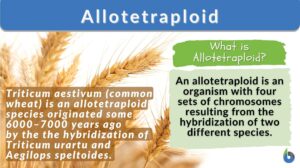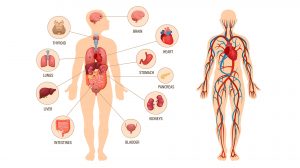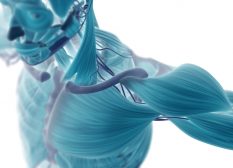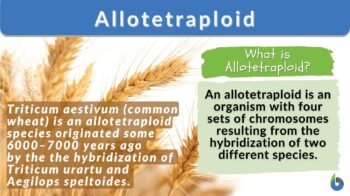
Allotetraploid
n., plural: allotetraploids
[ˌæləʊˈtɛtrəˌplɔɪd]
Definition: Organism with four sets of chromosomes from two different species
Table of Contents
Allotetraploid Definition
An allotetraploid is an organism with four sets of chromosomes (4n). This is in contrast to the typical two sets of homologous chromosomes found in diploid (2n) organisms, as in humans with 23 chromosome pairs. Allotetraploids are a result of two different species hybridizing, thus, producing an offspring with a unique genetic makeup, i.e., by possessing four sets (4n) of chromosomes. The condition is referred to as allotetraploidy, a type of polyploidy. Allotetraploid genomes are typically seen among plants. Allotetraploids are hybrids that often exhibit genetic traits and characteristics not present in either of the original parent species.
-
Polyploids overview and genome structure
Polyploids are organisms with more than two sets of nuclear chromosomes of corresponding homologous genes. They can be grouped based on the number of chromosome sets (designated as “n“). One of them is tetraploids, which pertain to organisms having four sets and they are designated as 4n. Other types are triploids (3n), pentaploids (5n), hexaploids (6n), heptaploids (7n), and so on. Polyploids may also be classified based on where they come from:
- Autopolyploids are organisms with cells containing multiple sets of chromosomes. Common mechanisms leading to autopolyploidy are somatic doubling of the organism’s own chromosome set and the fusion of gametes from the same polyploid species.
- Allopolyploids are organisms with multiple sets of chromosomes as a result of the fusion of parental gametes from different or closely related species.
Biology definition:
An allotetraploid is an offspring with four sets of chromosomes (4n) as a result of the union of gametes from two different species. The hybrid has a unique genomic content and may genetically express new features not found in both of its parents.
Etymology: The term “allotetraploid” is derived from the prefix “allo-” (meaning different or other), “tetra-” (indicating four), and “ploid” (referring to the number of chromosome sets), emphasizing the condition of having four sets of chromosomes from distinct origins.
See also: polyploidy
“Allopolyploidy – polyploid genomes” by Science of Biology:
Formation of Allotetraploidy
How does allotetraploidy form? The process often involves two different species that hybridize. Here is a sample scenario where allotetraploid is formed through the hybridization of two diploid species:
- First, reproduction: Two genetically distinct diploid species are mated or crossed to reproduce a hybrid. The haploid male and female gametes (n) combine their genetic material. This fusion results in a diploid zygote (2n) but with a genetic makeup that is different from its parents.
- Polyploidization via whole genome duplication: The entire set is duplicated or doubled, leading to two additional chromosome sets (4n). This could arise from errors in mitosis, or polyploidy from spontaneous genome duplication events.
- Stabilization: The end result is a hybrid offspring with four sets of chromosomes. Over time, the allotetraploid adapts to stabilize its genetic makeup and become functional.
Other hybridization mechanisms involve the union of unreduced gametes (2n), e.g., due to meiotic errors and via mating of two tetraploids of different species.
Examples
Allotetraploidy is more common in plants rather than in animals. Here are examples.
- Triticum aestivum, the common wheat, is an allotetraploid species from the hybridization of two distinct diploid grass species, Triticum urartu and Aegilops speltoides.
- Brassica napus (canola) is a hybrid of different combinations of diploid progenitors of Brassica species.
- Tragopogon miscellus (Moscow salsify) is, by previous studies, found to be an allotetraploid hybrid between T. dubius and T. pratensis — both are tetraploids that produce the Moscow salsify hybrids found in parts of Washington, Idaho, Montana, and Wyoming.
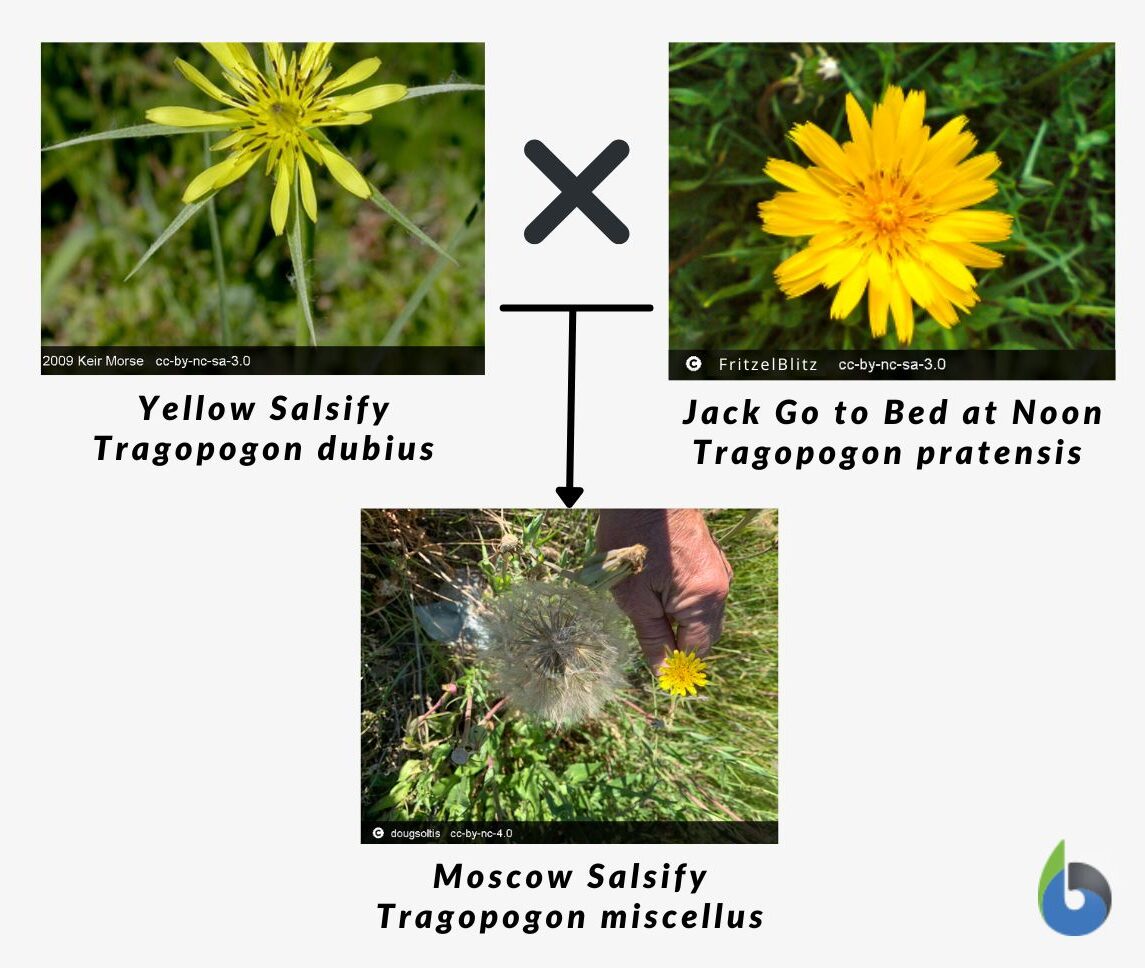
Role of Allotetraploids in Research
In evolutionary genetics and plant biology, allotetraploids are essential gene models to gain a deeper understanding of the following in natural populations.
- Through studying hybridization events, one can understand how gene flow and genetic drift influence the evolution of populations and species
- Gene silencing, because in spite of duplicated genes, not all are expressed equally
- Differentially expressed genes (DEGs), as these genes could show significant differences in their expression levels between different conditions, such as ploidy levels
- Genetic differentiation, as allotetraploids may exhibit different patterns of genetic differentiation compared to their diploid progenitors or ancestral genomes
- Genomic rearrangements and structural changes due to polyploidy
- Genome assembly: Because allotetraploids often have more complex genomes, this makes understanding genome assembly and gene annotation challenging. Untangling these challenges using hybrids as reference genomes would further advance genome sequencing and assembly techniques.
- Gene redundancy, so as to understand gene function and evolution
- (Whole) Genome sequencing, sequencing allotetraploid genomic DNA provides valuable insights into the organization, structure, and evolution of polyploid genomes. It could help gain insights regarding dominant genes, genic regions, genomic regions, recombination frequencies, transposable elements, gene families, DNA sequencing and sequence divergence, protein-coding genes, and protein sequences.
NOTE IT!
Allotetraploidy, Genome Evolution, and Speciation
Allotetraploidy plays a pivotal role in the process of speciation, genomic evolution, genetic diversity, and variation. Plant species with multiple copies give them the advantage of having an extra set that can source for phenotypic variation corresponding to the changing environmental conditions. Additional copies of genes can also buffer against deleterious mutations. Through hybridization, the offspring could have a genetic material that is unique and therefore could potentiate a new ecological niche or functional divergence. In time, hybrids could eventually be recognized as new species diverging from ancestral species or diploid progenitors as depicted via phylogenetic analysis and genetic linkage maps, indicative of evolutionary relationships, history, and significance in the phylogenetic tree of life.
Further Reading
References
- Kubaláková, M., Pavlína Kovářová, Pavla Suchánková, Jarmila Číhalíková, Bartoš, J., Lucretti, S., Watanabe, N., Kianian, S. F., & Jaroslav Doležel. (2005). Chromosome Sorting in Tetraploid Wheat and Its Potential for Genome Analysis. Genetics, 170(2), 823–829. https://doi.org/10.1534/genetics.104.039180
©BiologyOnline.com. Content provided and moderated by Biology Online Editors.
